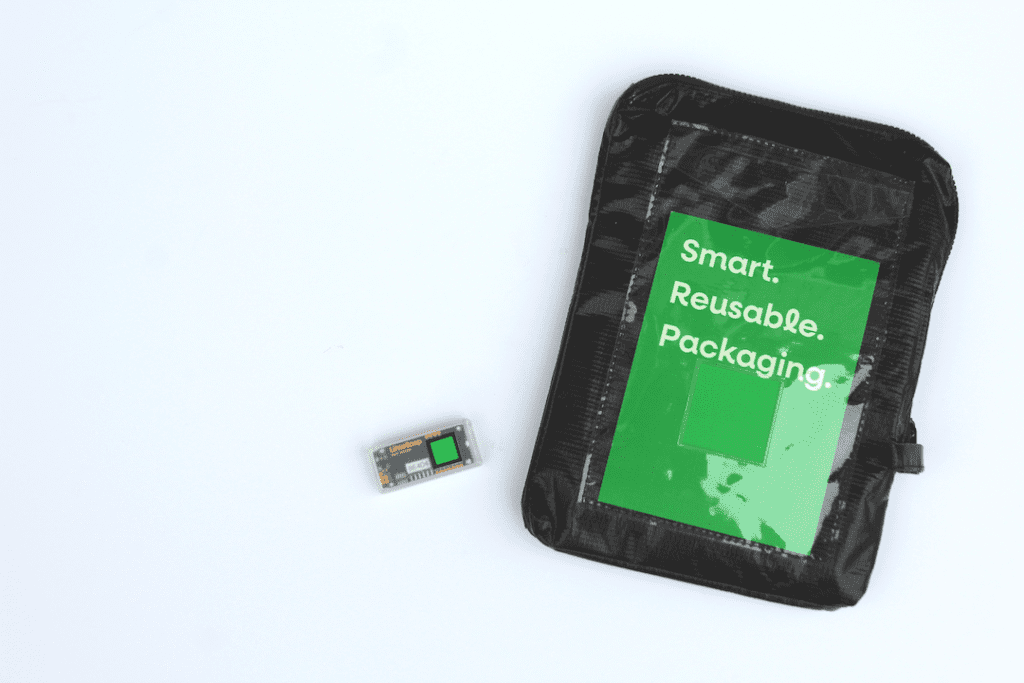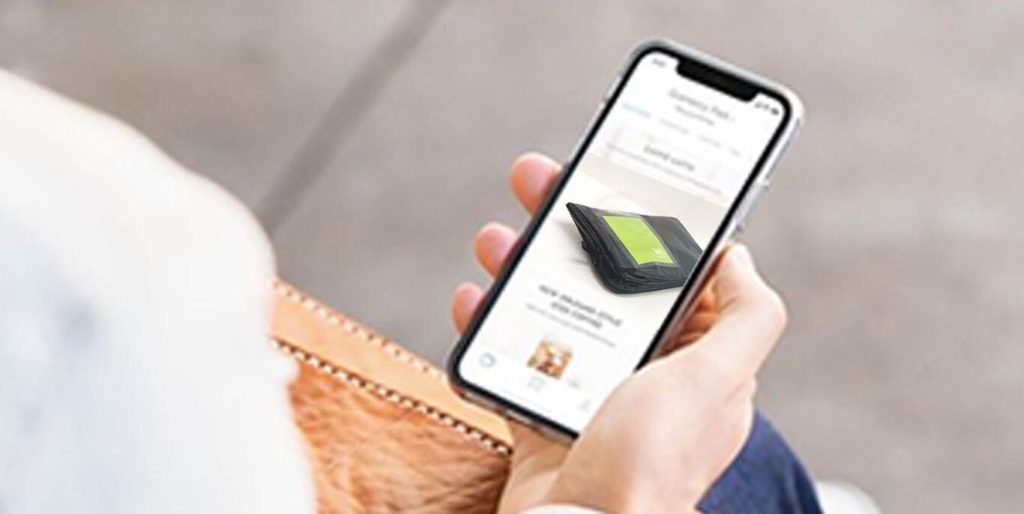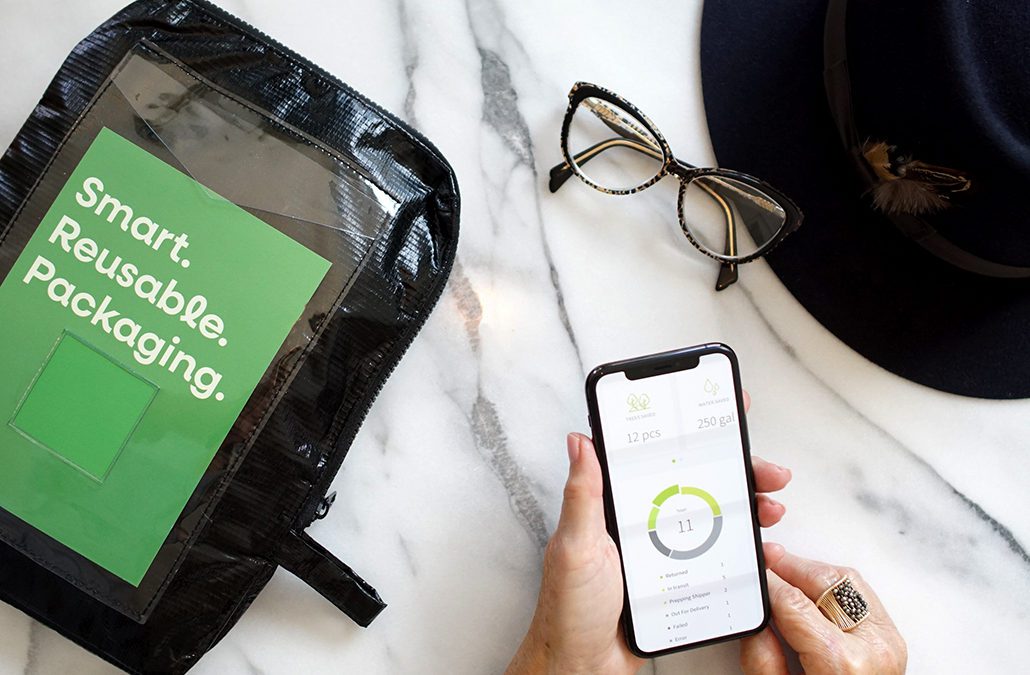At first glance, LimeLoop may appear to be just a reusable packaging company.
Yet, as LimeLoop’s co-founders, CEO Ashley Etling and CTO Chantal Emmanuel, explain in this episode of The Understory Podcast, LimeLoop is revolutionizing smart reusable packaging.
“At a high level what we’re really doing is eliminating all those packages piling at your front door, and replacing those with reusable ones,” explains Etling. She adds, “Knowing that the package can last over 200 times, we knew that we could start to make it more sophisticated; in a lot of ways, a smart package.”
And a smart package it is, indeed. Which is how LimeLoop is driving the reuse revolution. But why? Because sustainable shipping – the integration of IoT enabled reusable packaging (smart packaging) into one’s supply chain – results in streamlined logistics systems, evolved ecommerce experiences, and optimal operations management. In other words, it’s all about the reuse…and the data.

The Technology
the packaging & hardware
The reusable packaging is made of upcycled material – vinyl and cotton – zippers and pockets for longevity and ease in delivery and handling, cleaning, and returning. Each package is designed for durability and security.
The newest addition to the packages – the Bluetooth Low Energy (BLE) sensors – become the brain of a fleet of packages. Through the use of cellular bluetooth, retailers and consumers can track locations, environmental savings, open-rate, and temperature data through a web-based and mobile app.
the software & the data
Emmanuel explains in the podcast episode, “We really look at technology as a way to streamline the process of getting packages to and from, and then really taking advantage of the long lifecycle of our package to learn more about their journeys and their environment in and around themselves.”
Retailers, fulfillment centers, and consumers can track packages, print labels, process returns, and watch their environmental savings all on the LimeLoop digital platform. Thus, providing retailers visibility and security into their supply chains, while recreating the in-store feel for their customers at home.
The pairing of packaging, hardware, and software demonstrate how data can be better used to meet the triple bottom line – people, planet, and profit – for retailers across industries. Retailers, fulfillment centers, and consumers alike access information about their sustainable shipping journey at every step; while the environmental data collected from hardware to software allows retailers actionable steps in meeting ESG goals. As the platform conveys the collective environmental savings of CO2, water, trees, and oil, both ways – yes, changing the logistics and shipping game. As we said – it’s all about the data.

The Tech of Sustainable Shipping
How we consume our goods matters, and it matters most right now. According to this easypost whitepaper, “Over the past two years, businesses have seen a 37.8% increase in dollars spent online – an equivalent of nearly $275 billion.” In addition, analysts predict the ecommerce market will grow up to 25% by 2026. Existing retail and supply chain systems were not designed for this. Our waste management systems were not designed for this. But we have the tools to make progress towards a more circular economy.
“I think what a lot of people don’t realize is even when you have recycled packages and recycled boxes, it takes a lot of resources to make that box again…so we wanted to make sure the technology gave you a really great insight into how much your saving by switching to a reusable,” Emmanuel adds.
It isn’t about perfection. Sustainable technology allows us to do better, be better for the planet and the people on it, including us. By itself, the reusable packaging generates up to 60% savings in shipping costs and 93% reduction in CO2 emissions. And we know this because each package’s closed-loop journey is tracked from order to delivery.
the value & the support
LimeLoop’s technology drives sustainable shipping, further, as a guide for consumer behavior change – so that we may reduce and reuse. This is, of course, two-fold.
As it is, our partners work with both the reusable packaging as part of our sustainable shipping platform. It’s the combination of the packaging and the digital technology that really elevates and evolves those ecommerce experiences, adding the most value to your triple bottom line.
Added value across the supply chain, including the ecommerce experience, makes sustainability, as a business model, organically profitable. But the model, the closed-loop, is driven by customer lifetime value because customer loyalty drives return rates and return rates keep your reuse program running. As Emmanuel tells The Understory Podcast, “What we’ve seen study after study is that the easier a retailer makes returns for consumers the more likely they are to shop with you again.”
Because customers can use the same package their order arrived in for their returns, retailers now have the data to close the gap between the post purchase experience and the customer’s next order. Predictive analytics inform smarter, even more sustainable logistical, customer service, and operational next steps. And the loop continues.

